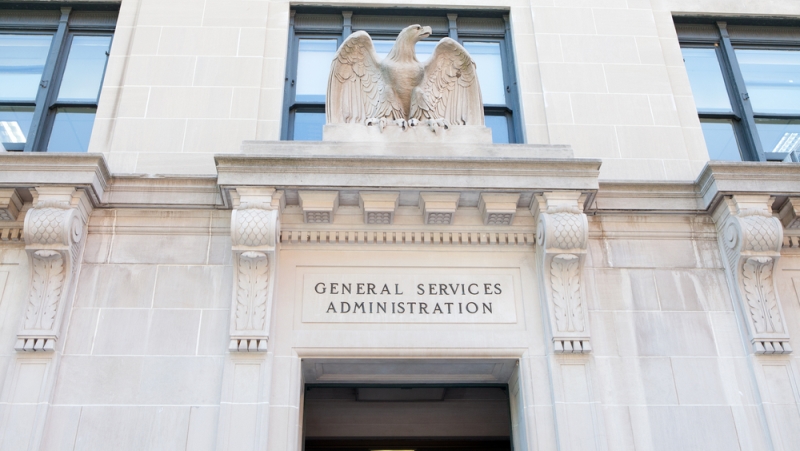
The General Services Administration’s (GSA) pilot to require all multiple award schedule (MAS) contract holders to report transactional data is unlikely to be effective, according to a report from the agency’s Office of the Inspector General (IG).
Last month, GSA announced that it would expand its Transactional Data Reporting (TDR) to increase transparency on what the Federal government is buying and how much it is spending on acquisitions. While TDR was first launched as a pilot program for certain Special Item Numbers (SINs), the agency said TDR participation would now be required among all SIN holders.
However, in a recent report, the IG office wrote that GSA “has never effectively implemented TDR and has never made it functional.”
The challenges that the agency has faced include quality of TDR data; limited use of TDR data in pricing decisions; limited price competition for TDR purchases under $250,000; and a failure of TDR contract pricing to support the agency’s OneGov strategy, which aims to modernize how the Federal government buys and manages IT.
While GSA has made “modest improvements” in data quality, according to the IG, 73 percent of fiscal year 2025 sales “remain unusable” and 98 percent of sales “cannot be matched to services on MAS contracts.”
“[W]ith the expansion of TDR to all MAS contracts, FAS will have an even larger amount of unusable sales data,” the report says.
“FAS stated that it intends to soon implement additional reporting requirements and standardization procedures on TDR services data to allow usage of reported data in price evaluations,” the report adds. “However, FAS did not implement these changes prior to its …decision to expand TDR … since FAS did not implement a proven methodology to improve its TDR services … it is unlikely to improve the quality of its services data before the expansion of TDR.”
The IG noted that not all contracting personnel have access to TDR data and that other automated tools are frequently used instead to determine pricing, which limits assessment of contracts below a $250,000 threshold and compares prices only to those of other existing government contracts.
GSA’s FAS pricing under TDR is also incompatible with the OneGov strategy, the report added, because it relies on fragmented, small-scale transactional data that fails to leverage the government’s full buying power.
“[T]he TDR pricing methodology runs counter to GSA’s recent OneGov strategy to leverage the government’s collective buying power,” according to the IG.
As a result, “GSA’s expansion of TDR for all its MAS contracts could place government agencies at risk of overpaying for products and services when ordering from FAS’s MAS contracts,” the IG says, adding that the pilot has been in effect for 9 years and “has yet to accomplish its intended purpose.”
